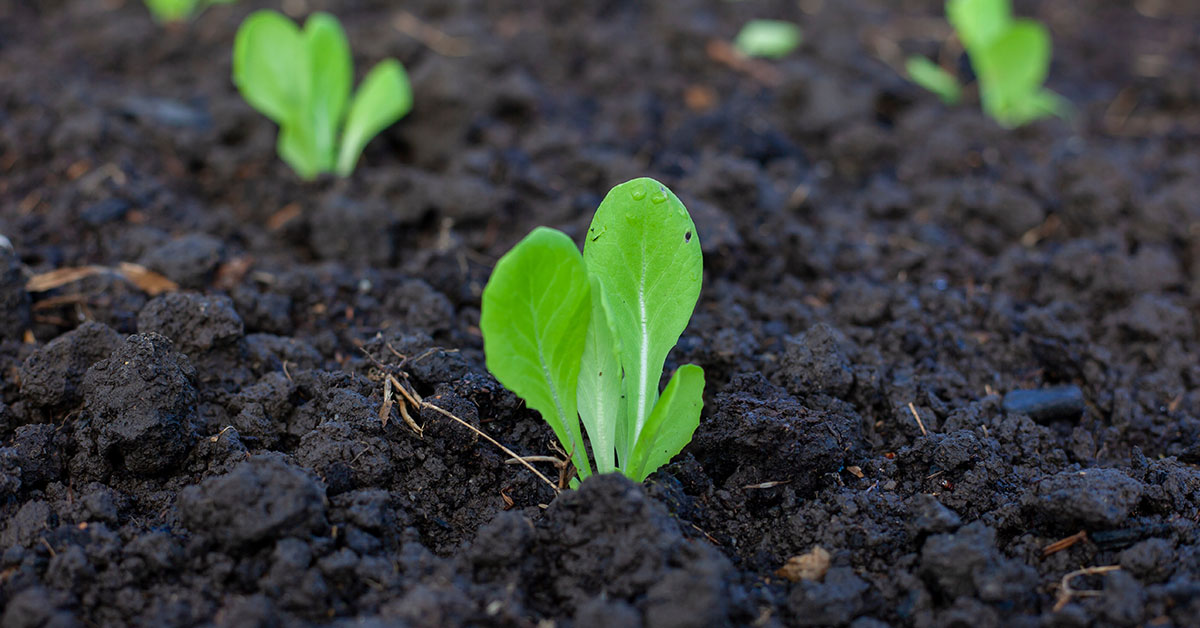Bok choy, also known as Chinese cabbage, is a versatile and nutritious leafy green that has gained popularity in many cuisines around the world. Whether you are growing it in your backyard garden or purchasing it from a local farmer’s market, knowing the right time to harvest bok choy is crucial to ensure optimal flavor, texture, and nutritional value.
In this article, we will delve into the various indicators that can help you determine when your bok choy is ready for harvest, allowing you to enjoy this delicious vegetable at its peak.
When to Harvest
Bok choy, also known as Chinese cabbage, is typically ready for harvest around 45 to 60 days after sowing the seeds. However, the exact timing can vary depending on the specific variety and growing conditions. Here are a few signs to look for when determining if your bok choy is ready to harvest:
- Size: Bok choy is usually harvested when it reaches a mature size. Baby bok choy can be harvested when it is around 4-6 inches tall, while full-sized bok choy can be harvested when it reaches 10-12 inches in height.
- Leaf color and texture: The leaves of bok choy should be dark green and crisp. Avoid harvesting if the leaves appear yellowed or wilted.
- Firmness: Gently squeeze the base of the plant. If it feels firm and solid, it is likely ready for harvest. If it feels soft or spongy, it may need more time to mature.
- Flowering: Bok choy will start to bolt and produce flowers as it matures. Harvest before the plant begins to flower, as this can negatively affect the taste and texture of the leaves.
It’s important to monitor your bok choy plants regularly and harvest them promptly when they are ready. Overripe bok choy can become tough and bitter.
Signs Your Bok Choy Are Ready to Be Harvested
When Bok Choy is ready to be harvested, there are a few signs to look out for:
- Size: Bok Choy is typically ready to be harvested when it reaches a mature size. This can vary depending on the variety, but generally, the leaves should be around 6-8 inches long and the plant should have formed a compact head.
- Leaf color and texture: The leaves of mature Bok Choy should be dark green and have a smooth, glossy texture. Avoid harvesting if the leaves are pale or yellowish, as this indicates immaturity.
- Firmness: Gently squeeze the base of the Bok Choy plant. If it feels firm and solid, it is likely ready for harvest. Avoid harvesting if the base feels soft or spongy, as this could indicate rot or disease.
- Flowering: Bok Choy is a cool-season crop, and if left in the ground for too long, it may start to bolt and produce flowers. Once the plant starts flowering, the leaves become bitter and the texture becomes tough. Harvest before flowering occurs for the best flavor and texture.
It’s important to note that Bok Choy can be harvested at different stages depending on personal preference. Some people prefer baby Bok Choy, which is harvested when the leaves are smaller and more tender. Experiment with harvesting at different stages to find your preferred taste and texture.
Signs Your Bok Choy Aren’t Ripe Yet
When Bok Choy is not yet ripe, there are a few signs to look out for:
- Size: Immature Bok Choy will be smaller in size compared to fully grown ones. The leaves and stalks will not have reached their full potential.
- Color: Unripe Bok Choy will have a lighter, pale green color. As it matures, the leaves will become darker and more vibrant.
- Texture: The leaves of unripe Bok Choy may feel thin and delicate, lacking the crispness and firmness of mature plants.
- Taste: Immature Bok Choy can have a slightly bitter or unpleasant taste. It is best to wait until it matures for a milder and sweeter flavor.
To ensure optimal taste and texture, it is recommended to wait until the Bok Choy has reached its full size, developed deep green leaves, and has a crisp texture before harvesting.













